Bottom dwellers introduce interesting features in the tank. There are numerous types of bottom dwellers. Usually, they are easy to keep. However, beginners are required to be advised. This article will teach you about the aquarium bottom dwellers, whether shrimps fall into the bottom dweller category, and their types. Moreover, a list of bottom dwellers that you can keep in the tank is also in the scope of it. The article will sum up with advice for beginners.
Content Table
Bottom Dwellers Meaning
The animals that live on or near the bottom of water bodies are known as bottom dwellers or benthos. Plants, invertebrates, fish, and algae are examples of benthos. These species can survive in extreme conditions, i.e., low light, less oxygen, and high pressure.
Adaptations
Bottom dwellers have unique features that enable them to survive these conditions.
- Their bodies are flat and streamlined. This body shape enables you to move along the bottom.
- Their body colors mimic the bottom coloration. It helps them to camouflage.
- They are scavengers, filter detritus, and prey by camouflaging themselves.
Impacts on Ecological Systems
- They play a pivotal role in nutrient recycling, consume the dead organic matter, and make it part of the system.
- They help to sustain the complex food web by providing food to large predators.
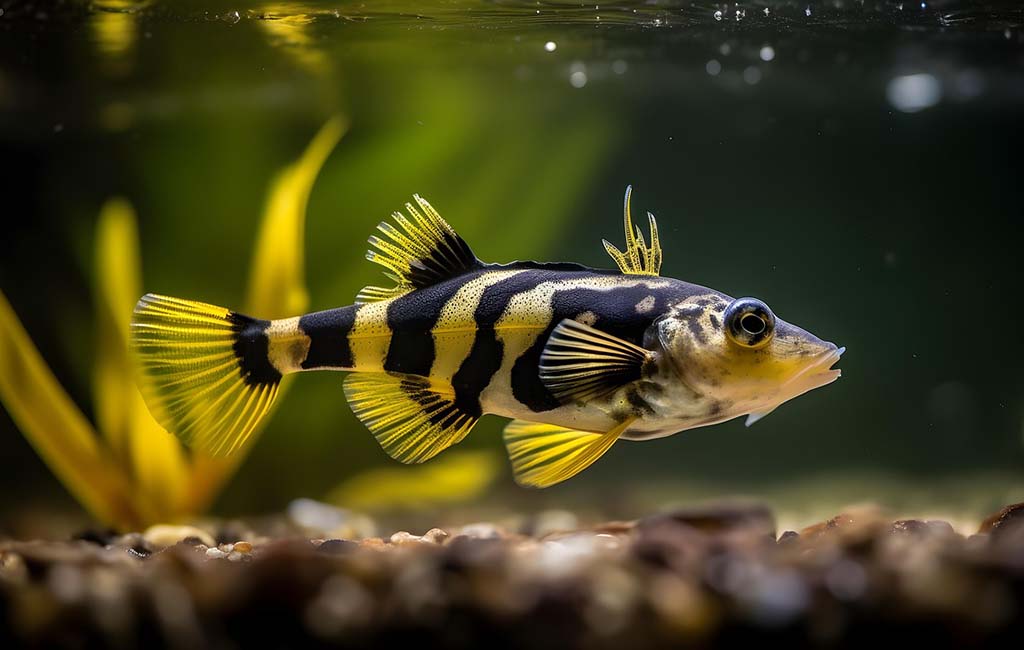
bottom dwellers
Are Shrimp Bottom Dwellers
Shrimps are primarily bottom dwellers. They feed and live on the bottom. On the ocean bed, they scavenge for food. They feed on plankton and dead organisms. They sift the sand to reach their food.
Types of Bottom Dwellers
Numerous types of bottom dwellers are there. It includes fish, invertebrates, and amphibians. Here is a list of such bottom-dwelling species.
| Fish | |||
| Fish | Type | Characteristics | |
| Catfish | Corydoras Catfish | Small
Peaceful Social Sand sifter |
|
| Plecos (Bristlenose, Clown, Common Pleco) | Great algae eaters | ||
| Otocinclus Catfish | Small algae eaters
Social but live in small groups |
||
| Panda Garra | Highly active
Great algae scraper |
||
| Loaches | Kuhli Loach | Eel-like
Nocturnal Bury itself in sand |
|
| Yo-Yo Loach | Playful
Active Bully to small-sized tank mates |
||
| Clown Loach | Large size, i.e., up to 12 inches Colorful |
||
| Eel-Like Bottom Dwellers | Rope Fish | Long body
Nocturnal |
|
| Bichirs | Ancient look
Carnivores |
||
| Some popular fish species | Hoplo Catfish | Hardy
Peaceful Bottom dwellers |
|
| Banjo Catfish | Camouflaged
Slow moving Scavenger |
||
| Sturgeon | Large
Cold water Suitable for ponds |
||
| Invertebrates | |||
| Shrimps | Cherry Shrimp | Small
Colorful Suitable for planted tanks |
|
| Amano Shrimp | Great algae eater | ||
| Ghost Shrimp | Clear-bodied scavengers
Sometimes used as feeders |
||
| Bamboo Shrimp | Live with strong currents | ||
| Snails | Nerite Snails | Fantastic algae eaters
Not reproducing in freshwater |
|
| Mystery Snails | Larger
Colorful Algae eater Feast on decaying matter |
||
| Ramshorn Snails | Fast breeder | ||
| Malaysian Trumpet Snails | Burrowers
Release the gas trapped in the substrate |
||
| Crabs & Crayfish | Dwarf Crayfish | Small
Less aggressive than large crayfish |
|
| Electric Blue Crayfish | Aggressive
Should keep single in a tank |
||
| Fiddler Crabs | Live in brackish water
Require the land area in the tank |
||
| Amphibians | |||
| African Dwarf Frogs | Peaceful
Fully aquatic Require small food items |
||
| Axolotls | Cold-water amphibians
Aggressive Extension: Axolotl Facts and Abilites |
||
Most Popular Aquarium Bottom Dwellers
Corydoras Catfish
Aquarists love to keep the Corydoras catfish in their tank. It is one of the most popular bottom dwellers. They are highly peaceful, and you can accommodate them with numerous peaceful species. They are highly social. Therefore, keeping them in at least a group of six is advised.
The other popular reason aquarists love keeping these bottom dwellers is their small size. They can reach tight spots in the tanks and keep the corners clean. They also scavenge under plant stalks, eat the leftover food, and avoid ammonia spikes in the tank. Algae rounds, tropical granules, and shrimp pellets are their favorite food.
Bristlenose Pleco
Pelcos usually have large bodies. However, this Pleco is smaller than usual. They are compact and suitable for small tank setups. They have a peaceful temperament and live with kindness with other tank mates.
The pleco has a distinctive mouth shape that helps to add uniqueness to the tank. These bottom dwellers love to graze on algae. They are low-maintenance fish. Therefore, they are suitable for beginners.
Otocinclus Catfish
This fish is another small bottom dweller. Due to their smaller size, you can keep them in the small tanks. They are peaceful. Hence, among the good options for community tanks. They have a social behavior. Therefore, it’s said to keep them in at least a group of 3 to 4.
They spend most of their time at the bottom and are busy cleaning the bottom by grazing on the algae. If there is not enough algae, feed them with supplemental food. They live in a well-established and pristine water tank.
Cherry Shrimp
They are another popular bottom dweller. They help to maintain the tank’s water quality. Cherry shrimp eat leftover food and graze on algae and biofilm. Their coloration is another reason why aquarists love to keep them – they are highly vibrant. However, they are peaceful, and you can keep them within community tanks of peaceful fish species.
Nerite Snails
Aquarists love to keep these bottom dwellers for many reasons. Snails multiply at a high rate. However, nerite snails are unable to reproduce in freshwater. Therefore, no overpopulation problem in a community tank. Like other bottom dwellers, they help to keep the tank algae-free, as they love to eat algae and leftover fish food.
Moreover, they come in various colors. So, you can add color interest to the tank by introducing them. Their low maintenance requirement and peaceful temperament make them suitable for beginner aquarists.
Kuhli Loaches
Kuhli loaches are peaceful bottom dwellers. They are super active and readily clean the leftover food. They also feast on algae and other small invertebrates in the tank. They are nocturnal. The kuhli can’t grow big. So, you can keep them in small setups. Due to their distinctive appearance, they can add visual appeal to the tank.
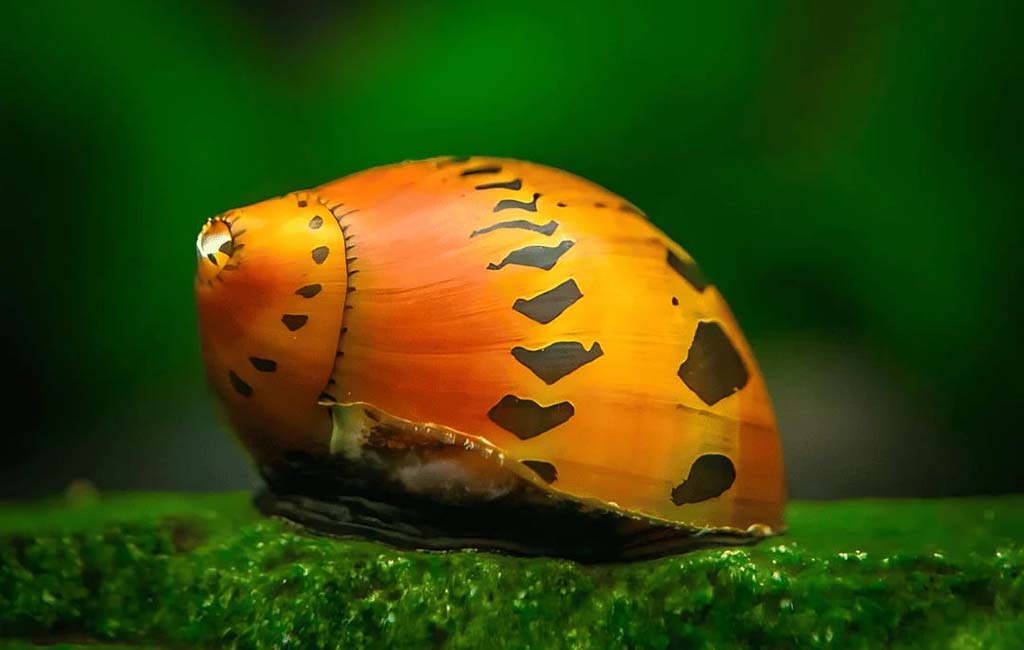
Types of bottom dwellers
Advice About Keeping Bottom Dwellers in Aquariums
Tank Setup and Substrate
Select the tank size according to the species size for an easy moment in the tank. Use a soft substrate to avoid injury, as bottom dwellers remain close to the bottom and sometimes burrow themselves. Fine gravel and sand are the most suitable substrate options. Introduce caves, plants, driftwood, and other decor in the tank as a hiding spot. These hiding spots mimic the natural house, provide shelter, and give them rest.
Water Quality
Water parameters are crucial for these bottom dwellers. Set the optimal parameters according to the species. pH, temperature, and strict water hardness are some crucial parameters. Change the water regularly to maintain them in prime condition.
Filtration
Aquarists usually keep the small bottom dwellers. Therefore, it’s suitable to use a sponge filter. It provides gentle filtration and minimizes the suction risk.
Tank Mates
Bottom dwellers are usually peaceful. Therefore, bond them with peaceful species. Large or aggressive species can bully them. Moreover, keep the bottom dwellers in the group because they are highly social.
Diet
They don’t require special feeding because they fulfill their appetite with leftover food. However, if you have a bottom-dweller-only tank, feed them regularly. Overfeeding can negatively affect your bottom dwellers and water quality in the tank. You can go with multiple feeding options. It includes
| Sinking pellets | Algae wafers | Specialized food items |
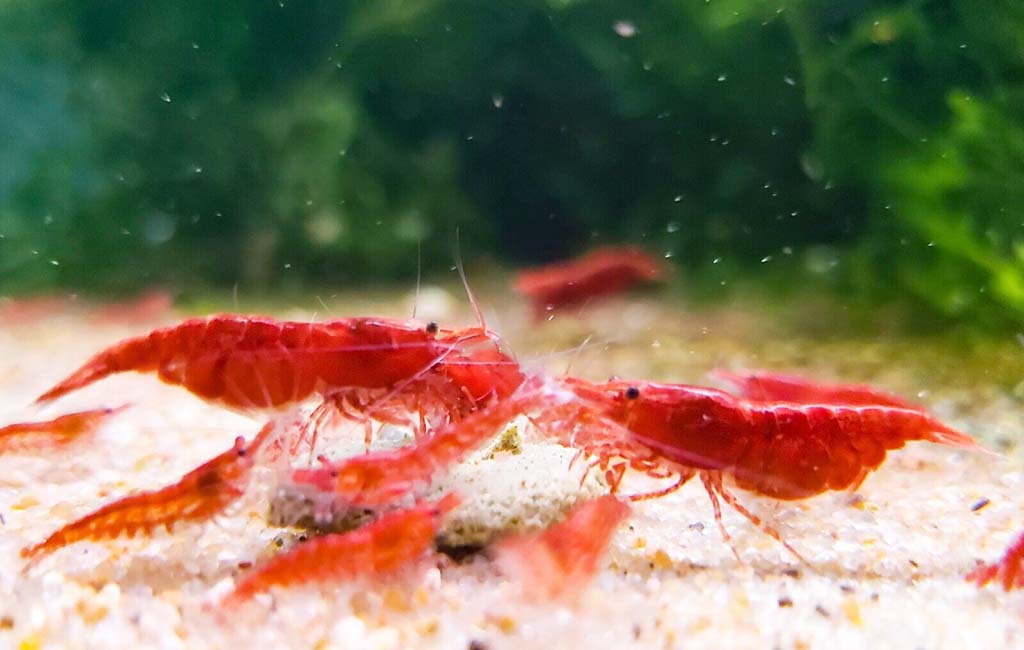
aquarium bottom dwellers
Parting Thoughts
Bottom-dwelling species play a vital role in balancing the tank ecosystem. Bottom dwellers help to keep your community tank clean and add interest to the tank. Usually, they are easy to maintain. Corydoras catfish, Bristlenose Pelcos, Cherry shrimps, etc., are common bottom-dwelling species. You can set up the happy bottom dweller tank by following the advice.
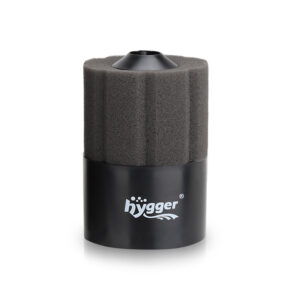
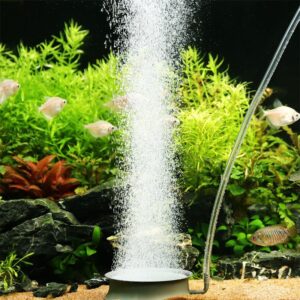
Leave a comment